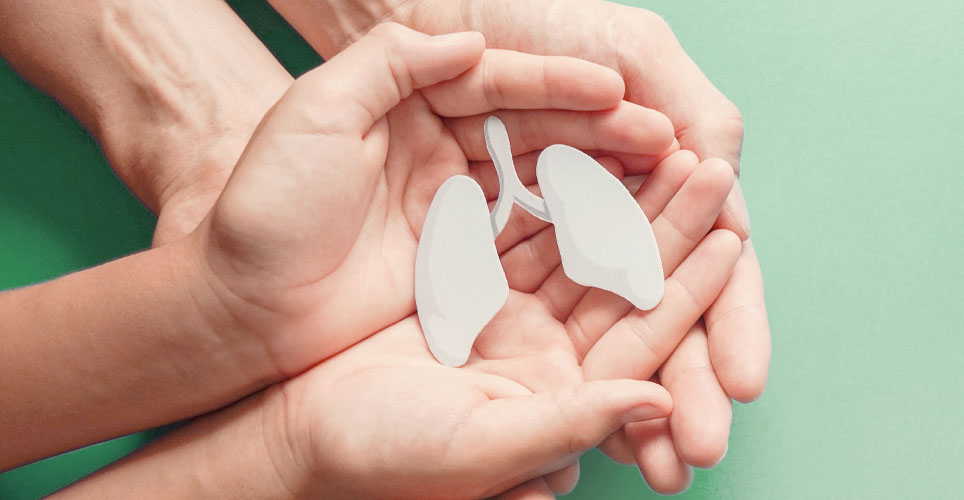
The University of Michigan will prohibit the use of tobacco products on all of its campuses effective Nov. 17, in conjunction with the Great American Smokeout.
The existing Smoking on University Premises policy, SPG 601.04, will be revised and renamed Tobacco-Free University Premises. The update bans the following additional products not addressed in the current policy:
- electronic nicotine delivery systems, or ENDS, which are battery-powered devices used to smoke or “vape” chemical solutions that usually include tobacco. Examples are vapes, vape pens, e-cigarettes, e-cigars and hookah pens
- smokeless tobacco products, commonly called dip, chew, snuff and snus
The Tobacco-Free University Premises policy will prohibit the use of tobacco products in university buildings, facilities and grounds, as well as university-owned vehicles.
Tobacco use will be permitted only in privately-owned vehicles on campuses and on public sidewalks adjacent to public thoroughfares.
“This update is a natural progression of our efforts to improve the overall well-being of our campus community,” said Rob Ernst, chief health officer and associate vice president of student life for health and wellness. “Tobacco use is the leading cause of preventable death, disease and disability in the U.S. When we instituted our smoke-free policy in 2011, this new generation of products was not commonly used. But during the last decade, the sale of ENDS has more than doubled.”
Michigan Medicine revised its Tobacco-Free Environment Policy in 2016 to prohibit ENDS and smokeless tobacco products. This policy bans the use of tobacco products in its buildings, grounds, parking lots and ramps, and will remain unchanged.
Get Free Cessation Services
Employees, spouses, other qualified adults and retirees covered by U-M Health Plans may consult with a specialist from the university’s Tobacco Consultation Service to select a free cessation program. These programs are offered in virtual and phone formats.
Health Plan members also may receive up to six months of nicotine replacement therapy medication from an approved Michigan Medicine pharmacy at no cost.
Call the Tobacco Consultation Service at (734) 998-6222 for more information. MHealthy’s Tobacco Treatment Toolkit offers additional resources.
Dangers of Vaping Cited
With flavors such as bubblegum and a slick new look, ENDS products have targeted younger generations, to Preeti Malani’s dismay.
“Even though tobacco products have been revamped with different delivery systems, given new names and repackaged on social media, their harmful health effects remain,” Malani, professor of medicine in the Division of Infectious Diseases and special adviser to the president, said.
She cited an outbreak of lung disease mainly in adolescents and young adults that hospitalized more than 2,800 people from all 50 states, the District of Columbia and two U.S. territories from 2018-20.
“Vaping is often marketed as a way to help people stop smoking,” she continued, “but nicotine is nicotine, no matter how it’s delivered. Once you form a physical addiction, your body begins to crave it.”
Focus on Education, Support
“This will be a significant change for some in our U-M community,” Ernst said. “If you want to stop using tobacco or decrease your use, we encourage you to join the Great American Smokeout on Nov. 17 and follow the American Cancer Society’s guidance, which is ‘Start with day one.’”
Enforcement of Tobacco-Free University Premises will focus on education and behavior change, Ernst said, unless offenses become habitual.
For More Information…
View frequently-asked questions for more information about the policy change.
